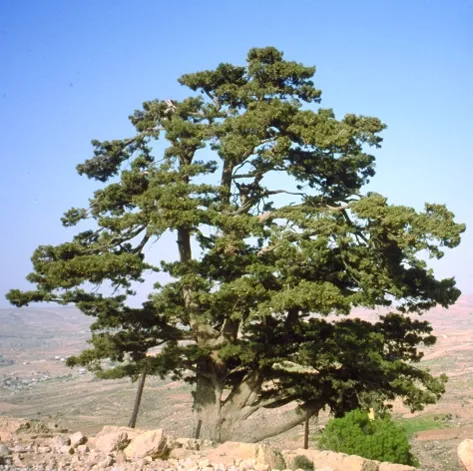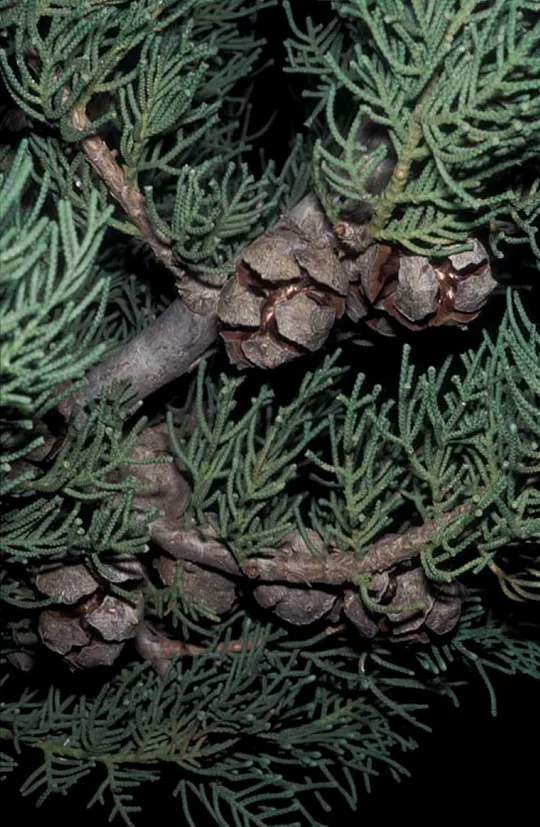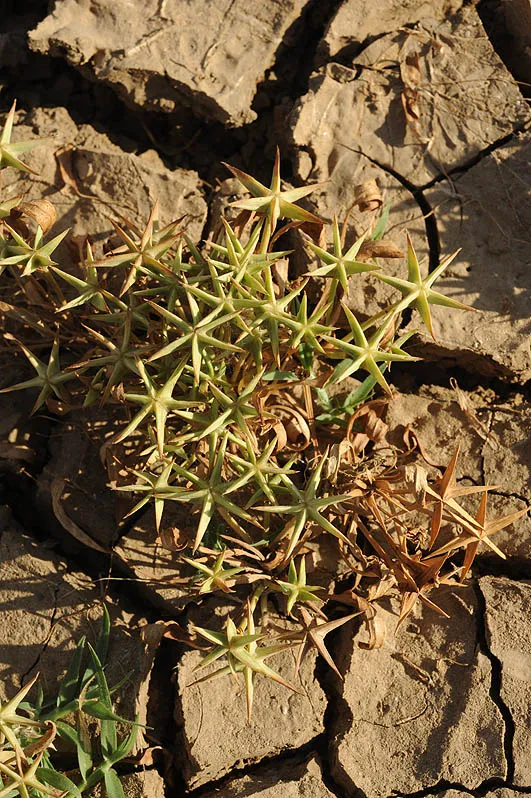Mediterranean Cypress, Funeral Cypress
Cupressus sempervirens


Cupressus was mentioned
in the Bible as a tree used to
build ships, to manufacture instruments and in the building of the Temple in Jerusalem, but its identification
with the modern Cupressus is
uncertain. Cupressus
sempervirens was once a common tree in Israel, as is indicated by the numerous Cupressus
beams found during the excavations at
Herodium, at the Kiprus fortress near Jericho and at the Al-Aqsa Mosque. Because of its great value as wood for construction
Cupressus trees were cut down, and the tree has become nearly extinct in the wild in Israel.
Oil extracted from the leaves of Cupressus sempervirens is used to make perfumes, soap and the like. It plays an important role as a windbreaker in citrus groves and
cultivated fields. In the western Mediterranean Basin, it is used as a remedy for coughs. The water in which the round cones are boiled in is
used for treating teeth and gum problems and diabetes in Arab folk medicine in Israel.
Until the late 1970s, there was no knowledge of wild Cupressus in western Israel. In 1979, Shuka Ravak discovered natural Cupressus trees with horizontal branches in
the
Upper Galilee in cliff crevices along the southern slope of
the Betset Stream, at an altitude of 400 m. A large cut stump with 530 rings (!) was
discovered next to two young trees, 3 m
tall, carrying cones. This suggests that the Betset Stream Cupressus trees may possibly
be wild trees. On the other hand, because Cupressus trees in Israel are
known for their natural regeneration from seed (Lev-Yadun, 1988), the Betset Stream trees may be naturalized individuals originating
from trees planted in nearby forests.
According to Zohary (1956) Cupressus grew wild in the Gil’ad. Our
searches in the Gil’ad after 1995 produced no results; all the Gil’ad Cupressus grow on soft limestone soil, and they belong to Cupressus sempervirens var. stricta,
which is a cultured variety. Dror Galili
discovered wild Cupressus of the horizontal species in 1974 at the top of Mount
Hermon, about six kilometers east of Mitspe Shlagim.
Rocky limestone areas and cliffs in mountainous areas.
The genus Cupressus includes
16 species, found mostly in North America, with only one species growing in the Old World. All the species are
evergreen with scaly leaves, and globose woody cones, that open at maturity. It differs from the genus Juniperus whose cone does
not open when mature. Cupressus sempervirens does not have any close wild species in our region. Cupressus
arizonica is a species commonly used in gardening and afforestation that differs
from the local species in the silvery hue of its foliage.
·
The Cupressus sempervirens trees
on the Betset Stream cliffs are probably the only wild population in Israel, but it is difficult to determine the degree of threat due to the numerous cultured Cupressus populations and its ability
to colonize
in the wild from cultured populations.
·
The species is not globally endangered.
·
It is protected in the Betset Stream Reserve.
A demographic and genetic survey should be conducted at the
Betset
Stream site. Saplings should be
bred and populations increased
with native
cone seeds.
Cupressus sempervirens
is found throughout the eastern Mediterranean
region and continues intermittently
to the east to
Turkey, Iraq and Iran to the
Himalayan Mountains, and west
towards Greece, Crete, Libya, North Africa (Algeria and Morocco). In recent years increasing
numbers of C. sempervirens populations are being found in the Middle
East on
the Mediterranean-desert Ecotone Mountains and in rock pockets on the
boundaries of the Fertile Crescent desert, from Lebanon to the Zagros Mountains in Iran and the mountains of Afghanistan. Relicts of Cupressus woodland
were found in Edom. The most beautiful wild populations of Cupressus grow in Crete, where it creates an open montane forest that
renews itself naturally. Scientists assume that the fragmented distribution of Cupressus indicates a Mesozoic relictual distribution
of vegetation from the Cretaceous period, that
extends around the Mediterranean to the Himalayas (like Nerium
oleander), and suggests that a moderate subtropical Mediterranean climate once
existed on the north shores of Tethys Sea, from the Canary Islands to the Himalayan
Mountains.
Cupressus sempervirens is an evergreen conifer
that apparently exists in the wild in Israel in a single population on the Betset Stream cliffs. Despite the frequency of
Cupressus use as an ornamental tree, and
despite the uncertainty of it’s
being a truly wild species, there is great
importance in preserving Israel's
only wild population.
לב-ידון, ש. 1988. התחדשות טבעית של ברוש מצוי. רתם 28: 61-64
רווק, ש. 1980. רשימון צמחים במערב הגליל. בתוך: במערבו של הגליל--– קובץ בוטאני. הוצאת המועצה המקומית גליל עליון. עמ' 24.
שמידע, א. וא. רבינוביץ, 1983. מציאות בוטניות. טבע וארץ, ט"ו (4): 209-210.
Current Occupancy Map
| 1000 squre meter pixel | 5000 squre meter pixel | 10000 squre meter pixel | |
|---|---|---|---|
| number of observations | 0 | 0 | 0 |
| in total pixels | 0 | 0 | 0 |
| Family | Cupressaceae |
| Classification | On the endangered species list |
| Ecosystem | Mediterranean |
| Chorotype | Mediterranean and Semi-Steppe Mountains |
| Conservation Site | Southern cliffs in Betset Stream |
| Rarity |
1
6
6
|
|---|---|
| Vulnerability |
0
0
4
|
| Attractiveness |
0
0
4
|
| Endemism |
0
0
4
|
| Red number |
1
3.2
10
|
| Peripherality | 0 |
| IUCN category | DD EW EX LC CR EN VU NT |
| Threat Definition according to the red book | Vulnerable |
 Based on:
Based on:






